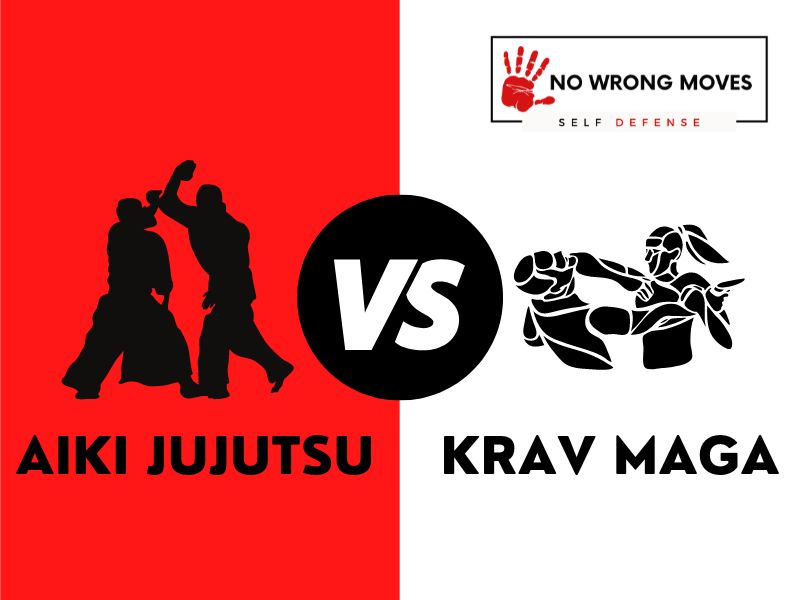
- What We Know About Aiki Jujutsu
- What We Know About Krav Maga
- Key Elements Of Aiki Jujutsu
- Key Elements Of Krav Maga
- Aiki Jujutsu Rankings & Levels
- Krav Maga Rankings & Levels
- Aiki Jujutsu Vs. Krav Maga Attire
- What A Typical Aiki Jujutsu Training Session Looks Like
- What A Typical Krav Maga Training Session Looks Like
- Aiki Jujutsu Movies
- Conclusion: Aiki Jujutsu Vs. Krav Maga
Today, we are going to end the long-standing debate of Aiki Jujutsu Vs. Krav Maga! People (especially those online) go back on forth on which discipline is better.
Some say that Aiki Jujutsu is more fluid and instinctive, while others argue that Krav Maga is more powerful and straightforward. So, which is it and why?
Well...
The main differences between Aiki Jujutsu and Krav Maga are that Aiki jujutsu places more emphasis on fluidity and grace, while Krav Maga is more focused on all-around efficiency and self-defense.
Aiki jujutsu tends to be taught in a more cooperative and holistic manner, while Krav Maga often focuses on drilling techniques until they become instinctual.
There's a lot more to these two martial arts than just this though. Let's dive right in!
What We Know About Aiki Jujutsu
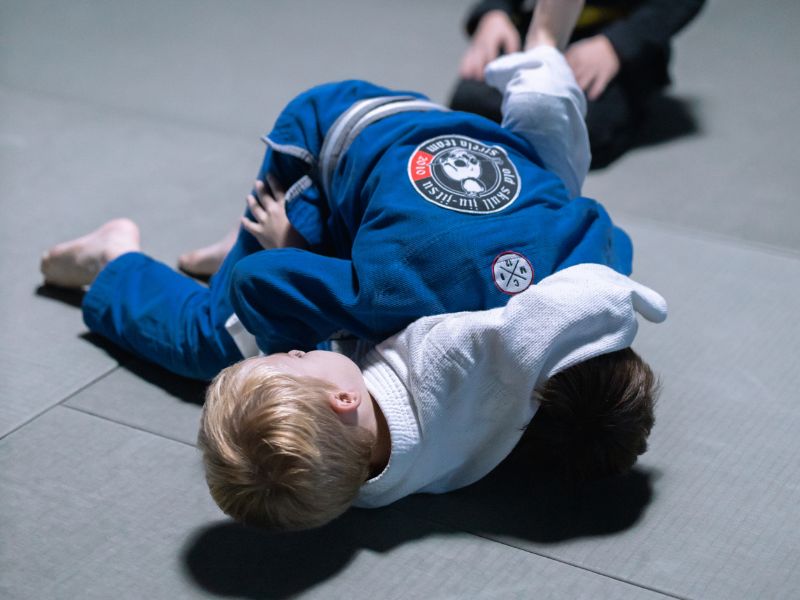
Aiki Jujutsu is a martial art that involves harmonizing your own energy with that of your opponent in order to redirect it in a way that suits your needs.
Instead of meeting force head-on, Aiki Jujutsu practitioners use Kempo-Jutsu's striking and evasive techniques to position themselves close to their opponents. They then follow up with linear, diagonal, or circular movements to redirect the opponent's energy.
Throwing techniques in Aiki Jujutsu rely heavily on Kempo-Jutsu's Atemi. In some instances, a skilled practitioner can apply Aiki Jujutsu throwing techniques by blending with their opponent's energy.
Aiki Jujutsu can be traced back to the Takenouchi Hisamori's Shinmei-ryu school of swordsmanship, which he founded in the early 1600s.
His student, Takeda Sokaku, is credited with creating Aiki Jujutsu from the techniques he learned from Hisamori. Sokaku passed on his knowledge to his son, Takeda Tokimune, who then continued to develop and teach the art until his death in 1943.
The art was further refined by Morihei Ueshiba, who created Aikido, a modernized version of Aiki Jujutsu.
Even today, Aiki Jujutsu can be used for self-defense or as a form of physical and mental exercise. Its excellent teachings regarding control over one's body and mind have made it a staple in the martial arts community.
What We Know About Krav Maga
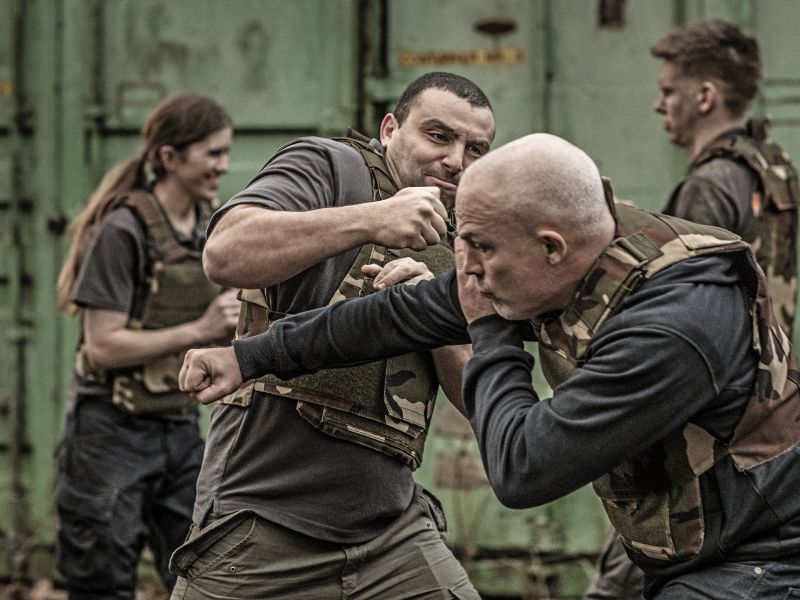
Krav Maga is a self-defense system that was developed for the Israeli military. It is a very practical system that is designed to be used in real-world situations. Krav Maga focuses on techniques that are easy to learn and can be used quickly in a fight.
Krav Maga is one of the best martial art forms for self-defense out there. The foundation of Krav Maga is based on a few simple principles that can be applied in any situation. First, Krav Maga teaches that it is better to prevent an attack than to try to defend against one.
Krav Maga was developed specifically for self-defense in the real world, and that absolutely involves the kinds of high-pressure situations that the Israeli military often finds itself in.
Meanwhile, Aiki Jujutsu has its roots in traditional Japanese martial arts and is more focused on personal growth through discipline and self-control.
Krav Maga also tends to be more aggressive in its tactics, using strikes to sensitive areas and even weapon usage when necessary.
Second, Krav Maga teaches that it is better to defend yourself with whatever you have available, rather than trying to find the perfect weapon or technique.
Third, Krav Maga teaches that it is better to strike first and strike hard, rather than to wait for your attacker to make the first move. These simple principles make Krav Maga an extremely effective self-defense system.
Of course, this is only a brief history and understanding of Aiki Jujutsu and Krav Maga, but if you want to go deeper into either art, be sure to check out the following posts:
Now, back to the comparison...
Let's look at the origins of the respective disciplines and then compare the key elements of their practices. You will be able to understand some of their similarities and differences a bit better afterward.
| Aiki Jujutsu | Krav Maga | |
| Origins | Japanese | Israeli |
Key Elements Of Aiki Jujutsu
One of the fundamental principles in Aiki Jujutsu is the use of leverage and balance to gain an advantage over one's opponent. This involves the strategic application of force and momentum to manipulate an opponent's body, making it easier to control and overpower them.
Another essential component of Aiki Jujutsu is the use of body movement and positioning.
By carefully positioning one's body in relation to the opponent, a practitioner can create openings for attacks or defensive maneuvers. This requires a high degree of spatial awareness and precision in movement.
Joint locks and throws are powerful techniques that can be used to subdue an opponent quickly and efficiently.
These maneuvers involve applying pressure to a joint or manipulating an opponent's balance to throw them to the ground. They require a thorough understanding of anatomy and a high degree of technical skill.
One of the most advanced techniques in Aiki Jujutsu is the ability to blend with the motion of an attacker. This involves moving in a way that allows a practitioner to avoid incoming attacks while simultaneously positioning themselves to counterattack.
It requires an acute awareness of an opponent's movements and a high level of skill in evasive maneuvers.
Next, up here in Aiki Jujutsu is breath control. By learning to regulate their breathing, practitioners can maintain their focus and energy levels, even in the face of physical exertion and stress.
Mental focus and calmness in the face of adversity are critical traits for any Aiki Jujutsu practitioner.
And speaking from personal experience, if you're knee deep into a fight, you'll want to know how to maintain a clear head and a calm demeanor, even in the face of obvious danger.
This requires mental fortitude and the ability to stay focused under pressure, the kind that Aiki Jujutsu will teach you.
Finally, one of the most powerful parts of this martial art is its ability to use an attacker's energy against them.
By skillfully redirecting an opponent's momentum, a practitioner can use their strength and force to overpower them. Of course, this requires a deep understanding of physics and a high degree of technical skill--which, trust me, your training will be able to give you in spades.
Key Elements Of Krav Maga
Krav Maga, a highly effective self-defense system, comprises five essential elements. Firstly, simplicity is a key component of Krav Maga's design, ensuring that it is easy to learn and use effectively for anyone.
Next up, Krav Maga's realism is based on real-world situations, making it highly effective for self-defense.
Adaptability is also a crucial feature of Krav Maga. Moves should be adapted to any situation, making them suitable for various environments.
Next is self-defense. Krav Maga is a self-defense system specifically designed to assist individuals in protecting themselves from physical attacks.
Krav Maga also offers physical and emotional benefits, as befitting a system that is great for both physical fitness and self-defense.
Another thing I think is important to look at is the different rankings and levels in each art. if you are looking to take up either Aiki Jujutsu or Krav Maga, whether as a hobbyist or to compete, you need to understand the different levels of proficiency and what is required for testing and ranking.
Aiki Jujutsu Rankings & Levels

Aiki Jujutsu has its own ranking system, as you've likely already expected. It starts with the 10th Kyu white belt, which represents the beginner level. As one progresses, they move up the ranking system by earning colored belts and stripes.
The ranking system is divided into two categories: kyu and dan. Kyu represents the colored belts that one earns before reaching the black belt level. Dan represents the black belt levels.
The colored belt levels range from 9th Kyu white belt with a yellow stripe, all the way to 4th Kyu purple belt.
The amount of training required to earn these belts is pretty significant, in my opinion. IT ranges from 2 to 3 months, such as for the 9th Kyu white belt with a yellow stripe, to 15 to 21 months, like for the 4th Kyu purple belt.
The black belt levels start with the Shodan-Ho (Junior Black Belt) and progress to the highest level, which is the Godan (5th Degree Black Belt).
If you ask me, it's definitely not an easy feat to achieve: it normally takes years of dedication and training to reach the highest levels of the black belt ranking system.
If this is all a bit hard to visualize, don't worry; I've made a more detailed breakdown for you to see below:
| Rank | Color |
| 10th Kyu | White |
| 9th Kyu | White |
| 8th Kyu | Yellow |
| 7th Kyu | Blue |
| 6th Kyu | Green |
| 5th Kyu | Green |
| 4th Kyu | Purple |
| 3rd Kyu | Brown |
| 2nd Kyu | Brown |
| 1st Kyu | Brown |
| Shodan-Ho | Black |
| Shodan | Black |
| Nidan | Black |
| Sandan | Black |
| Yondan | Black |
| Godan | Black |
Krav Maga Rankings & Levels
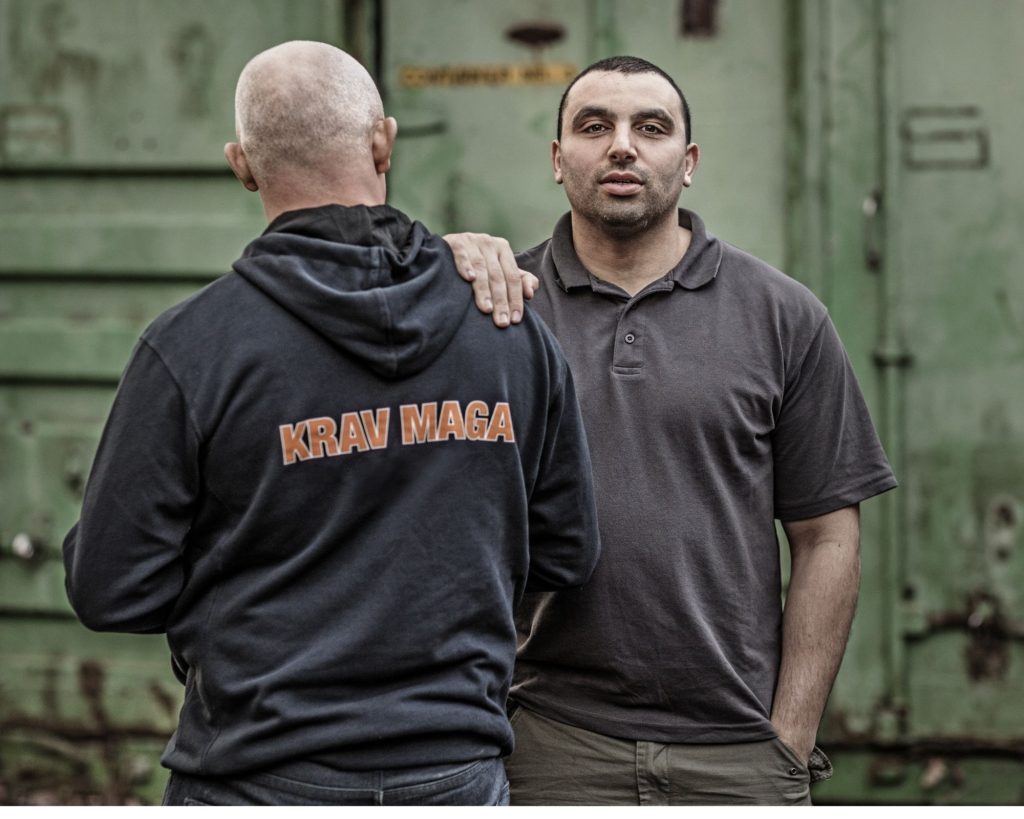
Krav Maga has a graduated system of instruction, which begins with the most basic techniques and progresses to more advanced methods. In order to achieve each level, students must demonstrate proficiency in the techniques associated with that level.
Level 1 is designed for people with no prior martial arts experience. At this level, students learn how to defend themselves against basic attacks, such as punches and kicks. They also learn how to deal with grabs and holds.
Level 2 builds on the skills learned in Level 1. Students learn how to defend themselves against more advanced attacks, such as headbutts and knee strikes. They also learn how to deal with more dangerous grabs and holds, such as chokeholds and armlocks.
Level 3 builds on the skills learned in Levels 1 and 2. Students learn how to defend themselves against even more advanced attacks, such as eye gouges and groin strikes. They also learn how to deal with even more dangerous grabs and holds, like hair pulls and wrist locks.
Level 4 builds on the skills learned in Levels 1, 2, and 3. Students learn how to defend themselves against armed attacks, such as lethal attacks delivered with a weapon. They also learn how to deal with even more dangerous grabs and holds, such as chokes from behind.
Aiki Jujutsu Vs. Krav Maga Attire
This section simply compares the clothing and uniforms that practitioners wear in combat.
Aiki Jujutsu Attire:
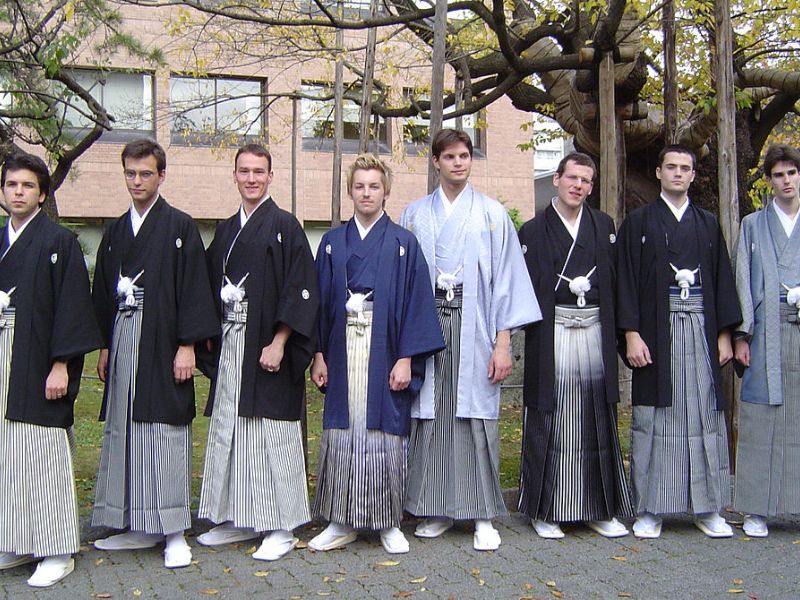
In terms of attire, Aiki Jujutsu practitioners typically wear a traditional dogi and hakama. This affords them better gripping and movement during techniques.
Krav Maga Attire:
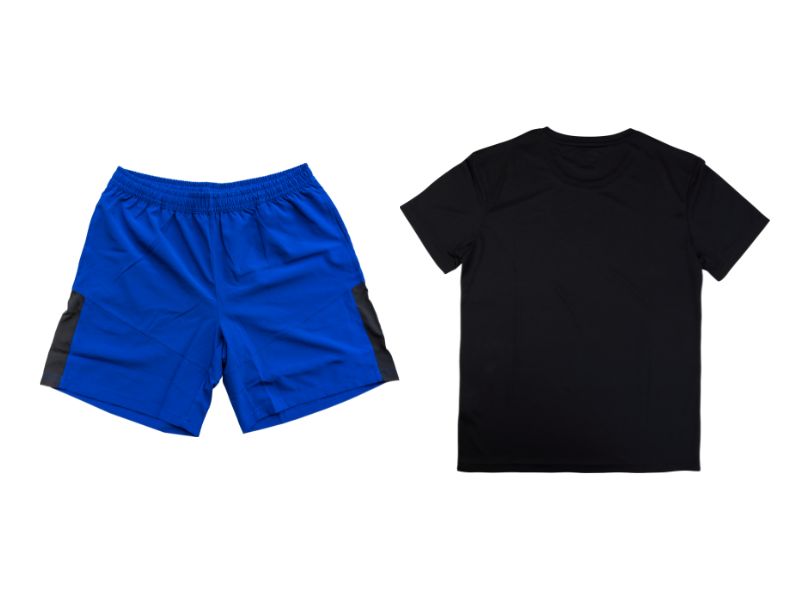
Krav Maga practitioners wear a variety of clothing, depending on their climate and the environment. They're not all too strict about this, at least compared to other martial arts. In hot weather, they often wear light clothing, such as shorts and a tank top or T-shirt.
In cold weather, they may dress in heavier clothing, such as sweatpants and a jacket. Many opt to wear shoes that allow them to move quickly and easily, such as running shoes. Some people even choose to practice in their street clothes.
What A Typical Aiki Jujutsu Training Session Looks Like

A typical Aiki Jujutsu practice session may start with a few minutes of warm-ups, such as joint rotations and light stretches. This is followed by practicing techniques, which may include throws, locks, and pins. The session usually ends with some relaxation exercises and a cool-down.
One of the most commonly used techniques in Aiki Jujutsu is the wristlock. This involves controlling an opponent's wrist and using their own momentum to throw them off balance.
In addition to physical technique, Aiki Jujutsu also emphasizes mental and spiritual development. This includes cultivating a strong mind-body connection and developing qualities such as patience and awareness.
What A Typical Krav Maga Training Session Looks Like
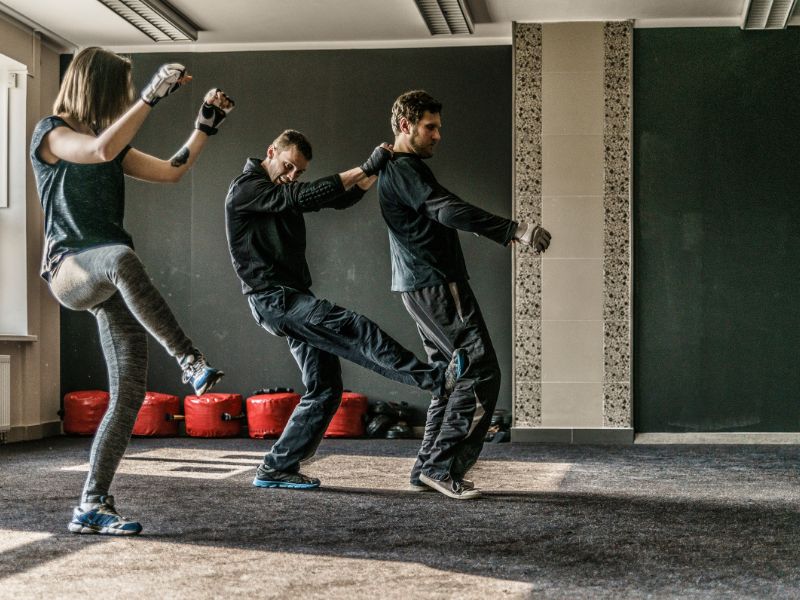
A krav maga practice class will typically start with a warm-up. The warm-up will usually consist of some light calisthenics and stretching. This is important to help prevent injuries and to get your body ready for the more strenuous activity to come.
The next part of the class will focus on techniques. You will learn various self-defense techniques that you can use in a real-world situation. These techniques will be practiced with a partner so that you can get a feel for how they work.
After the technique portion of the class, there will be a sparring session. This is where you will put your newly learned techniques into practice.
You will be paired up with another student and you will take turns attacking and defending. This is a great way to see how well you have learned the techniques and to also get some real-world experience.
The last part of the class is the cool-down. This is important to help your body recover from the strenuous activity it has just undergone. The cool-down will usually consist of some light stretching and deep breathing exercises.
Krav Maga classes are typically 1 to 2 hours long. They are usually held once or twice a week, although some schools may offer more frequent classes.
If the last few sections have been a bit full-on or a bit too technical, you will like this next section! Why? Because who doesn't love a good martial arts flick?
Both Aiki Jujutsu and Krav Maga have been featured in a number of films and TV shows, so if you want to learn more about them, then entertain yourself with the following 👊
Aiki Jujutsu Movies
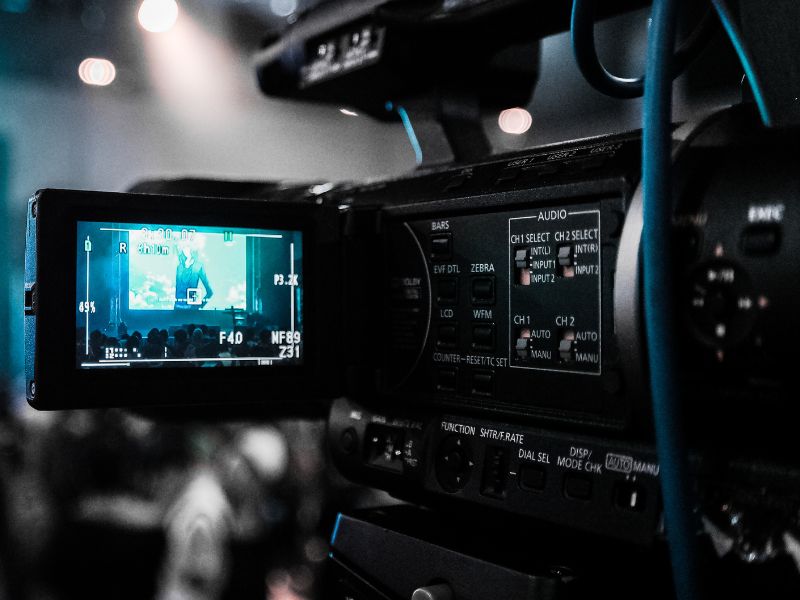
These are some of the top movies and shows with Aiki Jujutsu in them:
- The Bourne Identity (2002)
- Kill Bill: Volume 1 (2003)
- The Protector (2005)
- The Matrix Reloaded (2003)
- Ong Bak (2003)
- 13 Assassins (2010)
- The Raid (2011)
And some of the best movies with Krav Maga in them are:
- The Bourne Identity (2002)
- Taken (2008)
- RED 2 (2013)
- Triple Frontier (2019)
- The Kingdom (2007)
Conclusion: Aiki Jujutsu Vs. Krav Maga
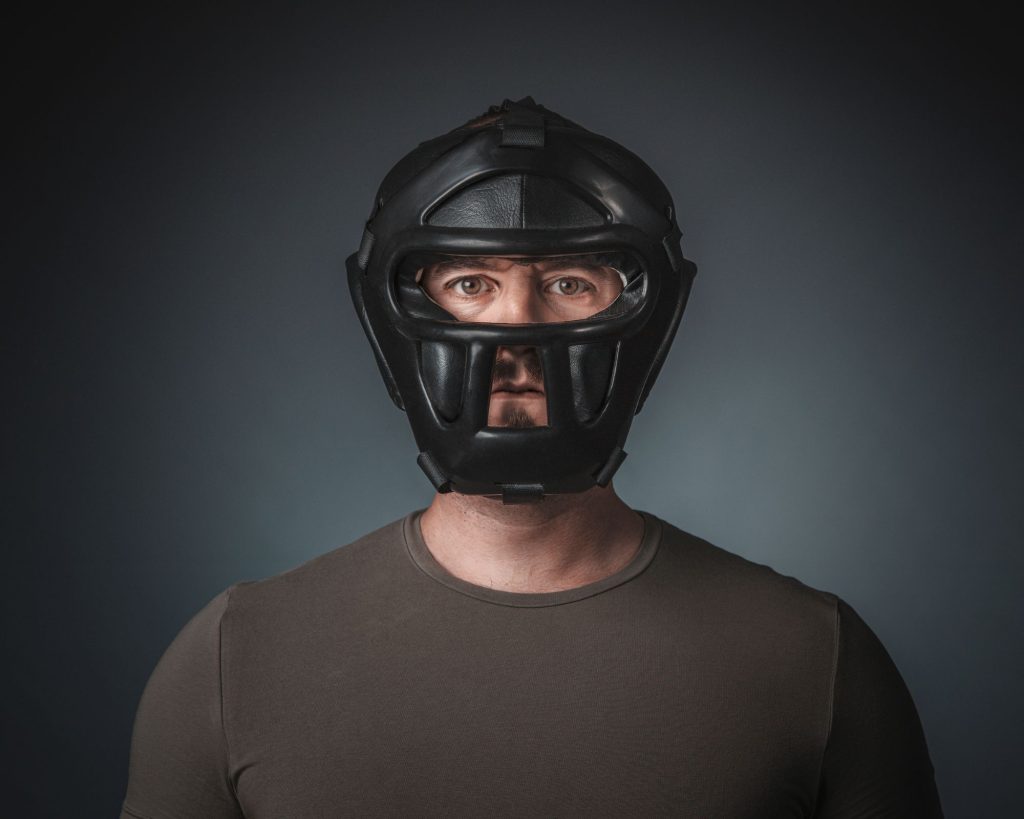
I hope you now have a deeper understanding of Aiki Jujutsu and Krav Maga. In all truth, it is not about which discipline is "better" as they each have their pros and cons.
If you do plan on starting classes for either, please check out my other related posts, as I have tried my best to answer all the FAQs related to the art.
Feel free to share this post and any graphics you like, and of course, if you have any questions or thoughts, drop them below or shoot me an email, and I will be happy to assist 🙂
Check out other martial arts, like Capoeira, here!
[author-box-jpx-fitness]
